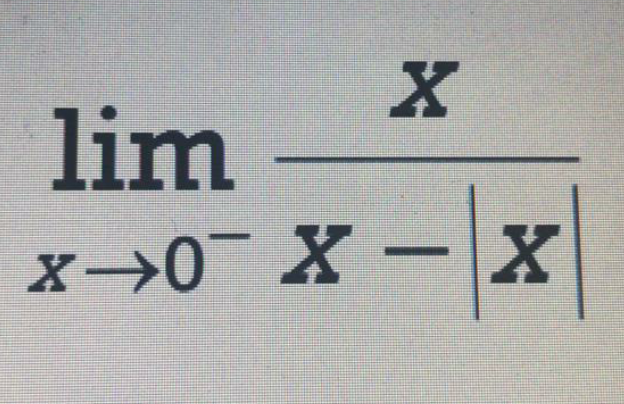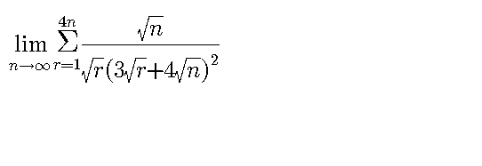
AllQuestion and Answers: Page 1156
Question Number 101554 Answers: 3 Comments: 0
$$\frac{\mathrm{1}}{\mathrm{cos80}}−\frac{\sqrt{\mathrm{3}}}{\mathrm{sin80}}=? \\ $$
Question Number 101553 Answers: 1 Comments: 0
Question Number 101551 Answers: 2 Comments: 0

Question Number 101546 Answers: 4 Comments: 1

Question Number 101531 Answers: 1 Comments: 0
Question Number 105345 Answers: 1 Comments: 0
Question Number 101522 Answers: 1 Comments: 1
Question Number 101523 Answers: 0 Comments: 1
Question Number 101514 Answers: 2 Comments: 4

Question Number 101510 Answers: 0 Comments: 1
Question Number 101500 Answers: 2 Comments: 1
Question Number 101498 Answers: 1 Comments: 3
Question Number 101493 Answers: 1 Comments: 0
Question Number 101491 Answers: 0 Comments: 2

Question Number 101489 Answers: 1 Comments: 0

Question Number 101486 Answers: 0 Comments: 0

Question Number 101476 Answers: 1 Comments: 0

Question Number 101474 Answers: 1 Comments: 0

Question Number 101473 Answers: 1 Comments: 0

Question Number 101471 Answers: 0 Comments: 4

Question Number 101461 Answers: 1 Comments: 0

Question Number 101459 Answers: 0 Comments: 0

Question Number 101458 Answers: 0 Comments: 6

Question Number 101451 Answers: 2 Comments: 1

Question Number 101447 Answers: 0 Comments: 6
Question Number 101439 Answers: 0 Comments: 10

Pg 1151 Pg 1152 Pg 1153 Pg 1154 Pg 1155 Pg 1156 Pg 1157 Pg 1158 Pg 1159 Pg 1160
